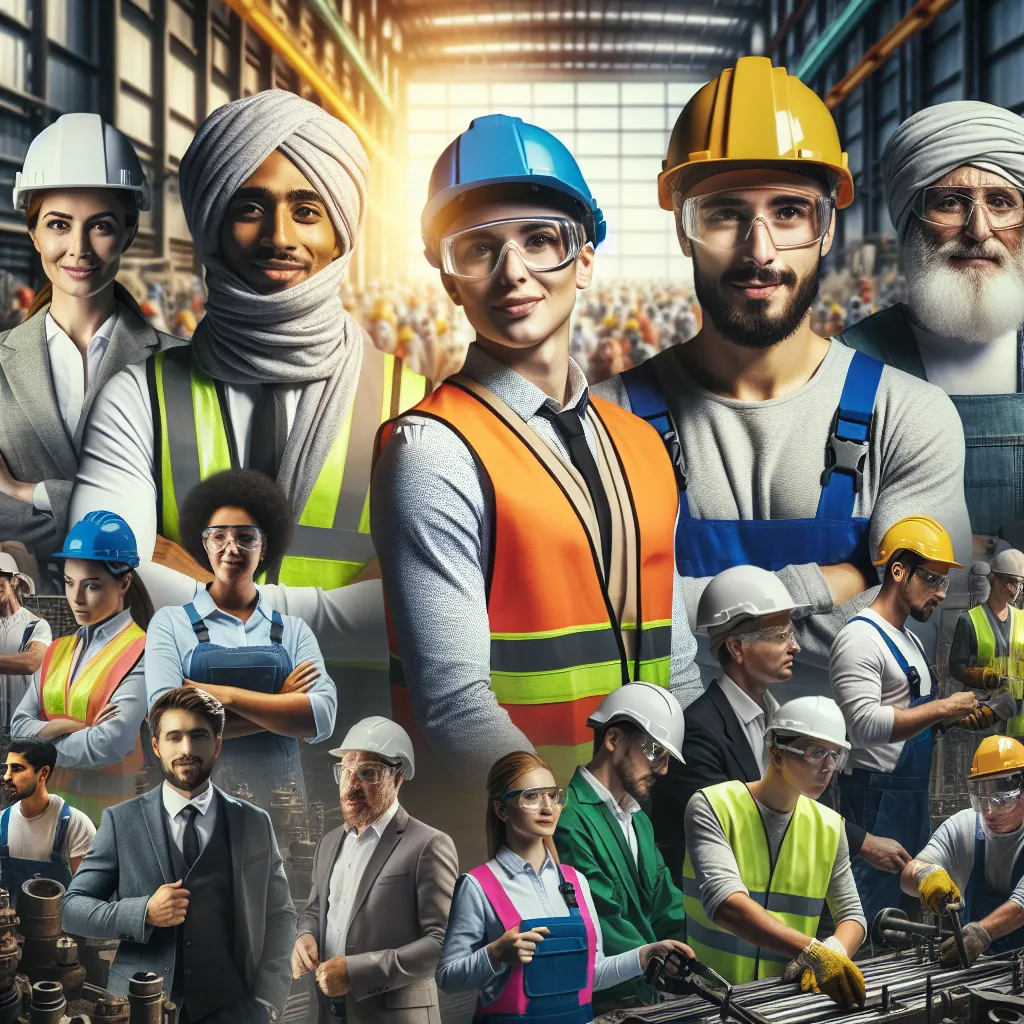The Role of Safety Gear in Preventing Workplace Accidents
Ensuring the safety and well-being of employees in the workplace is of paramount importance for any organization. One crucial aspect of maintaining a safe work environment is the use of proper safety gear. The role of safety gear in preventing workplace accidents cannot be overstated, as it serves as a critical line of defense against potential hazards.
First and foremost, safety gear acts as a protective barrier, guarding employees against various occupational risks. For instance, helmets are essential in construction sites to shield workers from head injuries caused by falling objects or accidental collisions. Additionally, high-visibility reflective vests significantly reduce the likelihood of accidents in busy or low-light environments, such as warehouses or road construction sites.
Furthermore, the utilization of personal protective equipment (PPE), such as gloves, goggles, and earplugs, plays a pivotal role in safeguarding workers from occupational hazards. These gear items serve to minimize the impact of potential workplace dangers, ranging from chemicals and airborne particles to loud noises that pose risks to employees’ health and well-being.
Moreover, safety gear not only serves to protect individual workers but also contributes to fostering an overall culture of safety within the workplace. When employees observe and understand the importance of safety gear, it reinforces the notion that their organization prioritizes their well-being. This, in turn, encourages a proactive approach to safety and risk prevention, leading to a reduced frequency of workplace accidents.
In conclusion, the role of safety gear in preventing workplace accidents is indispensable. By providing a protective barrier against risks and fostering a culture of safety, safety gear serves as a crucial component in mitigating potential hazards and promoting a secure work environment for all employees.
Understanding the Impact of Workplace Safety Gear on Employees’ Well-being
Understanding the impact of workplace safety gear on employees’ well-being is crucial for creating a safe and healthy work environment. Safety gear, such as helmets, goggles, gloves, and ear protection, plays a vital role in preventing workplace accidents and reducing the risk of injury. By implementing proper safety gear, employers demonstrate their commitment to prioritizing the well-being of their workers.
Equipping employees with the appropriate safety gear not only protects them from occupational hazards but also contributes to their overall sense of security and confidence while performing their duties. Recognizing the importance of safety gear cultivates a culture of responsibility and care within the organization. Employees feel valued and supported, which leads to higher job satisfaction and increased productivity.
Moreover, understanding the impact of workplace safety gear on employees’ well-being involves acknowledging the psychological aspect of safety. When employees feel adequately protected, they experience lower levels of stress and anxiety associated with workplace dangers. This, in turn, fosters a positive mindset and enhances their mental well-being.
In conclusion, comprehending the significance of workplace safety gear is fundamental for promoting a healthy and thriving work environment. By prioritizing safety and investing in proper safety gear, employers not only protect their employees from physical harm but also nurture a culture of respect and care, ultimately leading to increased employee well-being and satisfaction.
Safety Gear: A Vital Component in Ensuring Workplace Security
Safety gear is a vital component in ensuring workplace security. Regardless of the industry, it is crucial for employers to prioritize the safety and well-being of their employees by providing the necessary protective equipment. From construction sites to laboratories, wearing appropriate safety gear can significantly reduce the risk of accidents and injuries. Helmets, goggles, gloves, and high-visibility clothing are just a few examples of safety gear that can make a remarkable difference in maintaining a secure work environment. Employers must enforce strict policies regarding the use of safety gear to minimize the potential hazards that employees may face during their work activities.
Implementing and Enforcing Safety Gear Guidelines in the Workplace
Implementing and enforcing safety gear guidelines in the workplace is crucial for ensuring the well-being of employees and minimizing the risk of accidents. Employers have a legal and moral obligation to provide a safe working environment, and a key aspect of this is the proper utilization of safety gear.
One of the first steps in implementing safety gear guidelines is to conduct a comprehensive risk assessment to identify potential hazards in the workplace. This assessment helps in determining the type of safety gear that is necessary for employees to perform their duties safely. Once the required safety gear has been identified, employers must ensure that it is readily available to all employees and that they are properly trained on its correct usage.
Enforcing the use of safety gear is equally important. This can be achieved through regular monitoring and supervision to ensure that employees are complying with the guidelines. Employers should also establish clear consequences for not adhering to safety gear requirements to emphasize the seriousness of the matter.
Regular safety inspections and ongoing training sessions can further reinforce the importance of safety gear in the workplace. By creating a culture of safety and consistently emphasizing the necessity of safety gear, employers can significantly reduce the risk of workplace accidents and injuries.
In conclusion, implementing and enforcing safety gear guidelines in the workplace is not only necessary for legal compliance but also crucial for protecting the well-being of employees. By conducting risk assessments, providing necessary safety gear, and enforcing compliance, employers can create a safe working environment that prioritizes the welfare of their workforce.
